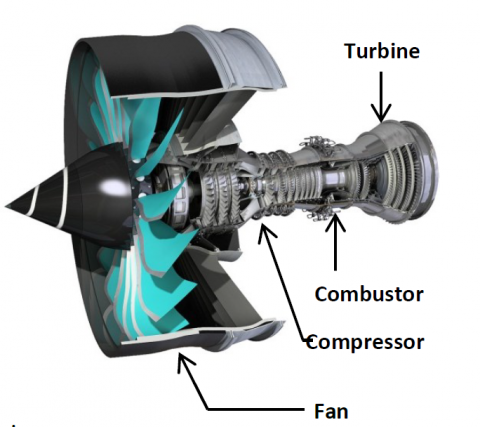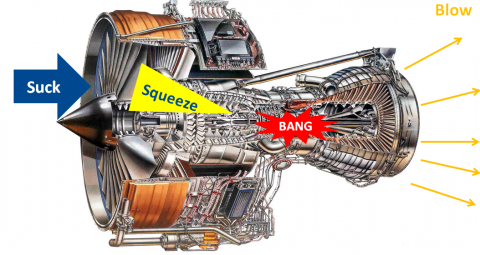Rolls Royce at Physics at Work 2018
Rolls Royce Plc
Rolls-Royce produces power systems that are used in the civil aerospace, defence aerospace and power systems sectors. Unfortunately, we have not made cars since 1973 when the two parts of the business separated. Within power systems, we are currently bidding to produce “Small Modular Reactors” (SMRs) in partnership with the government. Whilst also developing nuclear safety technology for plants and providing reactors to power British Nuclear submarines. We also manufacture a number of diesel engines used to power a wide range of vessels and other vehicles.
 Currently, in Civil Aerospace we produce the Trent family of engines for commercial aircraft such as the Boeing 787 Dreamliner. Our future projects include the latest Trent engine, the Trent 7000, recently demonstrated at Farnborough International Airshow on the A330neo. A brand new project we are working on is UltraFan, which is a completely new engine architecture for our large civil engines and will use the most powerful gearbox used in aerospace. The Ultrafan is rated up to 100,000 horsepower, which is 1,000 times more horsepower than a typical family car!
Currently, in Civil Aerospace we produce the Trent family of engines for commercial aircraft such as the Boeing 787 Dreamliner. Our future projects include the latest Trent engine, the Trent 7000, recently demonstrated at Farnborough International Airshow on the A330neo. A brand new project we are working on is UltraFan, which is a completely new engine architecture for our large civil engines and will use the most powerful gearbox used in aerospace. The Ultrafan is rated up to 100,000 horsepower, which is 1,000 times more horsepower than a typical family car!
Modern gas turbine engines such as our Trent engines can roughly be broken down into four sections: the fan, the compressor, the combustor, and the turbines. The compressor and turbines can then be broken down further into low, intermediate and high-pressure stages, with the fan operating as part of the low-pressure compressor. Each of these stages is connected by a central shaft – the high-pressure turbines are connected to the high-pressure compressor, and so on.
When a jet engine is running, air is compressed to a density 50 times greater than the air we breathe and is then fed into the combustor. This compressed air is mixed with fuel and ignited, converting the chemical potential energy of the fuel into thermal and kinetic energy of the air. As this air leaves the combustor at high speed it passes through the turbine stages, which turn and extract work from the air. These turbine stages power the main fan and compressor. Once the air leaves the turbine it is expelled out the back of the engine, providing thrust in accordance with Newton’s third law (every action has an equal and opposite reaction)


